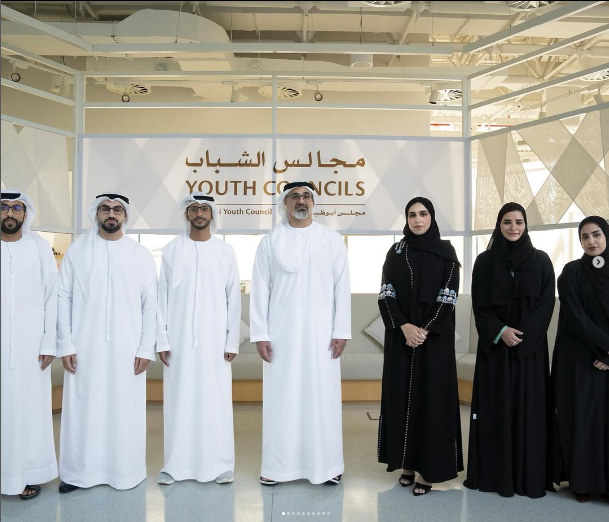Thank God for the Completion and Good Ending


While Iran is getting closer to some form of a
deal breakthrough and Libya has returned (even if it turns out to be a brief
comeback), falling outright prices have corresponded with flattening futures
curves. So pricing in September is probably going to be the last month when
Middle Eastern NOCs can still be assertive.
Saudi Aramco increased all of its Asian pricesfor September 2022, but did so with extreme care. The hikes were anticipated to
be similar to the $1.75 per barrel increase in the Dubai front-to-third-month
spread in July. Of course, there were many factors pointing towards a potential
fall, with recession worries becoming a mainstay of the global narrative and
Chinese demand taking its time to recover from its lockup problems.
One may reasonably retort that since Aramco is
forceful in its pricing by nature, why would it deny itself of possible income?
The largest NOC in the world accomplished precisely that, with month-to-month
hikes limited to $0.30-0.80 per barrel and the largest stream, Arab Light, only
seeing a $0.50 per barrel rise. Despite the warning, the September OSPs
represent the highest formula prices ever for the majority of grades shipped
into Asia, surpassing earlier highs from May 2022.
European pricing proved to be somewhat
puzzling, since the Arab Light stream, by far the largest one entering Europe,
will experience drops of $0.60 and $0.40 per barrel for NW Europe and the
Mediterranean, respectively. Contrast this with Arab Medium or Arab Heavy, both
of which saw price increases across the continent compared to August 2022
despite having significantly lower demand in Europe as a whole.
Even more intriguing, though, were price
revisions for cargoes going to the US. Saudi Aramco hiked all formula prices by
$0.50 per barrel, reversing the practice of rolling over the same differentials
since May 2022. The increase in pricing coincides with record-low overall Saudi
flows to US buyers—roughly half of what they were in the spring months at
250,000 b/d—suggesting that this may be another minor event in the animosity
between MBS and the Biden Administration.
The IFAD-set official selling price for
Murban, the UAE benchmark, in September 2022 moved to $105.96 per barrel,
approximately $12 per barrel lower month-over-month, as a result of the
substantial sell-out of crude futures and the associated reduction in flat
prices.
Emirati pricing is under pressure from a
number of factors, in addition to worries about the economic. On the one hand,
exports have begun to level down after almost a year of fairly steady
increases; Kpler data indicates that they are still just below the 3 million
b/d threshold, attesting to ADNOC's outstanding record in adhering to its OPEC+
pledges.
On the other side, the demand for light sweet
grades like Murban is gradually dwindling in Asia, as evidenced by the $1.5 per
barrel decline in the Murban-Dubai spread during the course of July, which
suggests that challenging crudes are once again in demand as light distillates
lose their attraction. This is also evident in a slight change in the price of
medium-sour Upper Zakum, which increased by $0.20 per barrel to a $3 per barrel
discount to Murban.
Comments
Post a Comment